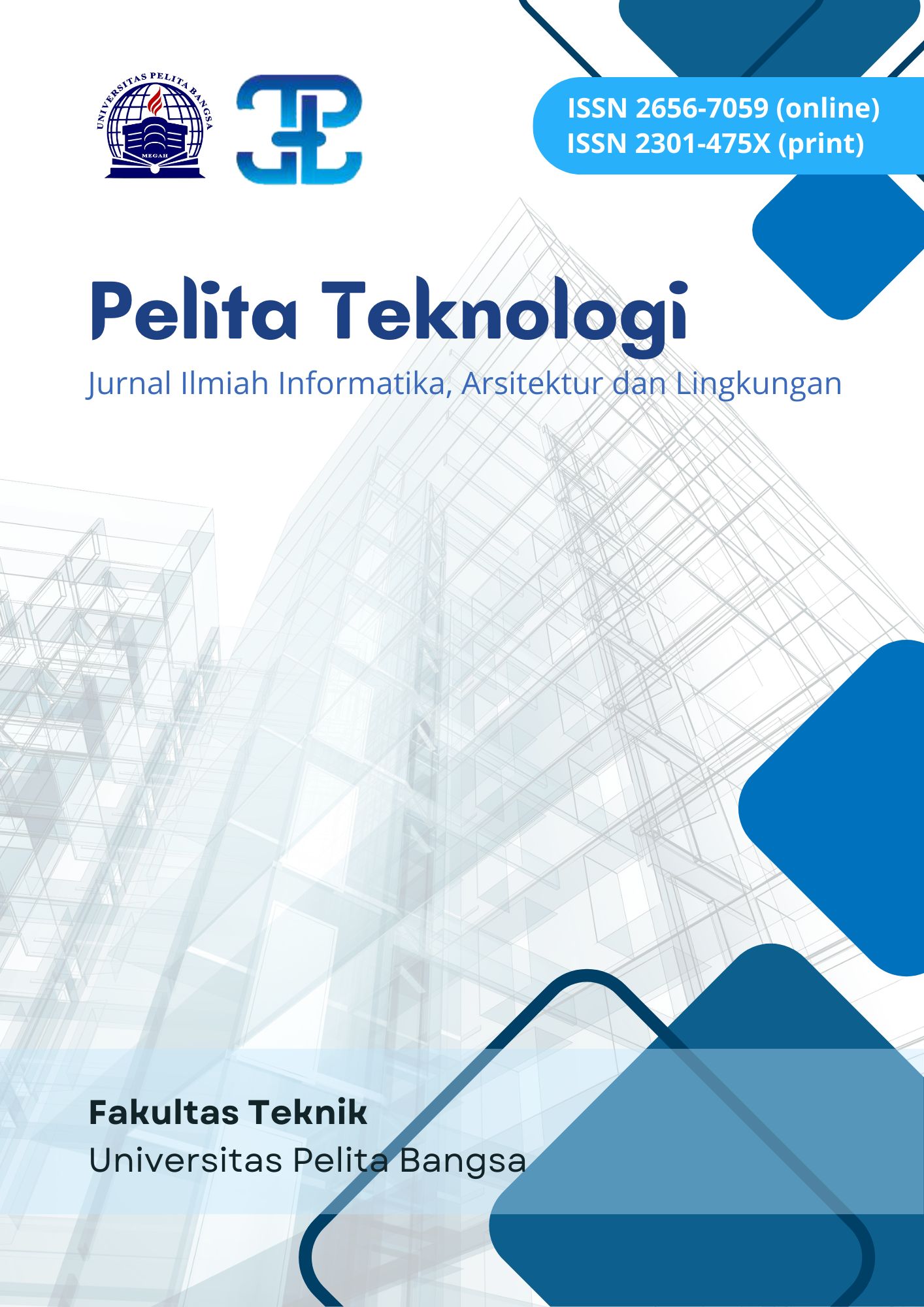Potensi Pengolahan Limbah Padi Menjadi Sumber Energi Listrik Terbarukan yang Bersih dan Terjangkau
DOI:
https://doi.org/10.37366/pelitatekno.v18i1.2590Abstract
Indonesia has a level of agricultural productivity which tends to increase every year as a result of optimizing farmer performance and being supported by large and fertile agricultural land. The abundant production of agricultural products, especially rice production, provides convenience in obtaining food sources forpeople in agrarian countries. On the other hand, processing rice into rice products as the main food source produces waste products which are commonly referred to as waste. Waste has been a subject of world concern for a long time in the design of innovation and technology for its management. The management of rice waste, which is abundant in quantity, needs to be carried out optimally with the right methods and processes so as not to interfere with the sustainability of productivity in the future. Researchers examine these methods and processes in an effort to optimize the potential of rice waste by converting it into renewable electrical energy. With qualitative and quantitative approaches, this research provides solutions in the form of incineration and gasification methods as optimal handling of ricewaste and answers the increasing demand for electrical energy. A high level of production consistency and maximum waste utilization can be easily achieved with a technology that is structured, safe, easy to operate and environmentally friendly. The management of rice waste into a source of electrical energy is expected to reduce the use of fossil-fueled to the Net Zero 2060 launched by the government. That way, the environmental balance will be maintained in Era Society 5.0. in the future, where electricity is the main need for humans who live side by side with technology. The abundance of biomass in Indonesia which is managed optimally is expected to be a solution to the need for renewable energy. The results of this study are expected to be a reference in further design and development.









